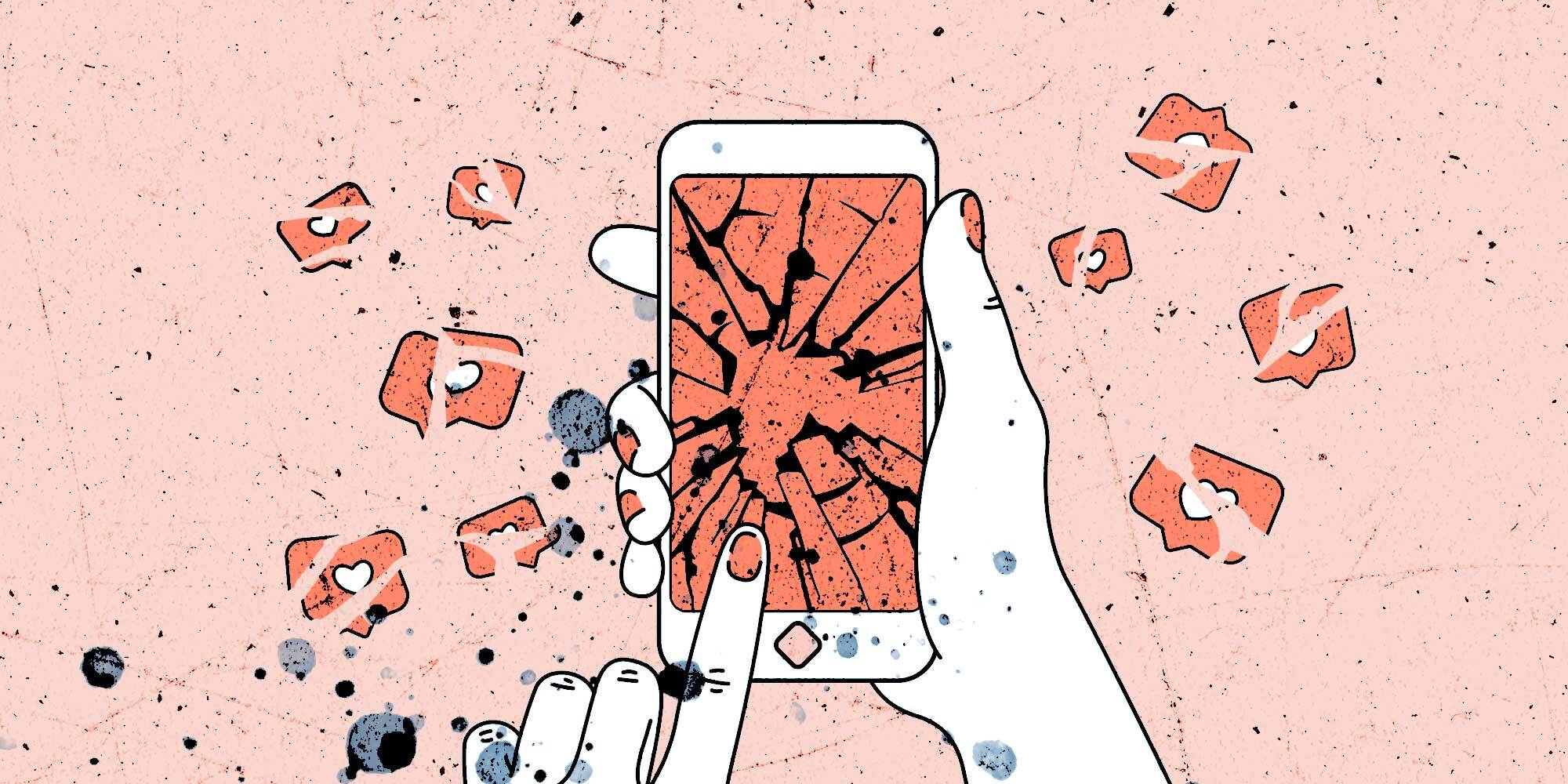Does Mainstream Porn Fuel And Normalize Sexual Violence In Teen Relationships?
As sex columnist Dan Savage put it, “[Their mindsets are] ‘I don’t want to do that, but that’s what I have to do because that’s what she expects from me.’”

In an article published by The Independent, the author, Victoria Richards, recounts her experience of using a mainstream online dating site and being asked by a man whether she would be willing to accept “face slaps” and “drool” as a “reward.”
Tweeting about what she labeled as this “problematic” online encounter, she received mixed feedback. Many women commented, sympathizing and elaborating on their similar experiences of receiving such proposals (including from men they’d only just met) asking if they would be up for riskier or more degrading sex acts. Others commented that Richards had been quick to judge the man, who was simply being honest and upfront about his preferences; some said she was in the wrong for calling him out and accused her of “kink-shaming.”
This story highlights an issue that has increasingly entered into the public eye in recent years, yet has been labeled as wildly different things: the growth and acceptance of more extreme, “rough” sex into the mainstream culture.
What are these clashing visions? You don’t have to look far to find one of them—women’s health and beauty magazines promote the “spicing up” of women’s sex lives through more extreme sex acts.
Contrasting this, we see more vocal protests by organizations like We Can’t Consent to This who raise awareness against the normalization and glamorization of these same acts due to the rise in sexual violence, injury, and even deaths among women because of them.
Consider that “vanilla sex,” or sex without any kinky, rough, or risky elements, has been so belittled and disparaged in popular culture on places like TikTok, that some individuals have taken to Twitter to remind folks that it’s okay to enjoy “conventional” (or “vanilla”) sexual encounters.
So what’s the verdict?
This is not a black and white issue, and we’re certainly not here to control anyone’s sex life. Even so, there are implications to consider of the normalization of “rough sex” especially as it’s displayed in porn, and this is especially true when examining adolescent sexual activity and teen dating trends.
Before writing off the normalization of “rougher” sex in the mainstream as nothing more than the integration of a “harmless” trend, let’s take a closer look at the facts.
“Rough” is in
While there has been a rise into the mainstream of sexual acts that were previously considered uncommon, many can even be physically risky, violent, and degrading, including “surprise” anal sex, strangulation (often labeled as “choking” or “breath-play”), spanking, BDSM-inspired sex games, etc.
It’s becoming common to see comments like the one below made around social media. Whether joking or not, it conveys the idea that a sexual encounter isn’t worthwhile unless it’s risky:
Especially concerning is that once “niche” violent sex practices are becoming what teens consider to be “normal” sex, with 13% of sexually active 14 to 17-year-olds reporting having been strangled during sex.
Research also shows an “increased prevalence” of some uncommon and higher health-risk sex acts, such as anal sex. Consider this: in 1992, a national survey found that only 16% of women between 18-24 had tried anal sex. In a 2016 National Health Statistics Report, this number rose to over 1 in 3 women, at almost 36%.
These trends aren’t random
What is a driving force behind these trends?
It’s true the media plays a massive role. Movies and books like “Fifty Shades of Grey,” or songs that glorify aggressive sex are not rare in pop culture these days. Of course, pop culture has long been considered hypersexual, but now it’s more about violence than sheer sexuality. Consider the viral and sexually violent Netflix film “365 Days” that was number one for a solid portion of summer 2020. This isn’t by chance. In fact, there’s another piece to the puzzle: the porn industry.
How exactly does porn play into all this?
The porn industry increasingly capitalizes on content that deviates from what more tame, “conventional” sex entails. In porn, violent images aren’t a passive byproduct, they’re the goal.
Consider one 2020 study that entailed a large-scale content analysis and coding of a sample of 7,430 pornographic videos taken from the two most popular free porn sites, Pornhub and Xvideos. The study found physical aggression against women present in 44.3% of Pornhub and 33.9% of Xvideos scenes. In fact, the study found that physical aggression was substantially more common in online pornographic videos than verbal aggression. Specifically, women were the target of nearly 97% of all physically aggressive acts in the samples from both sites. Violence in porn isn’t an exception.
Also, the relationship between porn culture and pop culture is woven together. Violence, risk, and degradation are often core themes of mainstream porn videos, and from there, aggressive attitudes and sex acts have been known to inspire pop culture and even the personal lives of porn consumers and non-consumers alike.
Ideas showed in porn sometimes don’t stay on the screen, they actually make it into consumers’ bedrooms. The Journal of Sexual Medicine reported that pornography consumption has a statistically significant relationship with greater dominant and target sexual behaviors (including spanking, name-calling, aggressive fellatio, choking—understood as strangulation—facial ejaculation, and penetration without first asking/discussing).
A 2019 study concluded that when it came to attitudes towards engaging in anal sex, porn was the external factor that had the greatest influence.
With all of these factors in mind, it’s clear that porn isn’t only existing for itself—it’s normalizing and fueling an entire culture that celebrates aggressive, violent sex, even for teens who haven’t had opportunities to make up their own minds about things that are presented to them as “normal.”
How are young people especially affected by this?
Porn is often the sexual script adults, and increasingly young people, learn from. In fact, porn is the primary provider of information about sex for many adolescents and young adults.
The fact that porn portrays and normalizes more extreme, degrading, and often apparently coerced or forced sex scenes means that viewers of all genders and sexualities begin to develop distorted expectations about what sex really involves and requires.
As sex columnist Dan Savage put it, “[Their mindsets are] ‘I don’t want to do that, but that’s what I have to do because that’s what she expects from me.’”
Per proseguire la lettura ed andare all’articolo completo:
Does Mainstream Porn Fuel and Normalize Sexual Violence in Teen Relationships?


Leave a Comment
(0 Commenti)